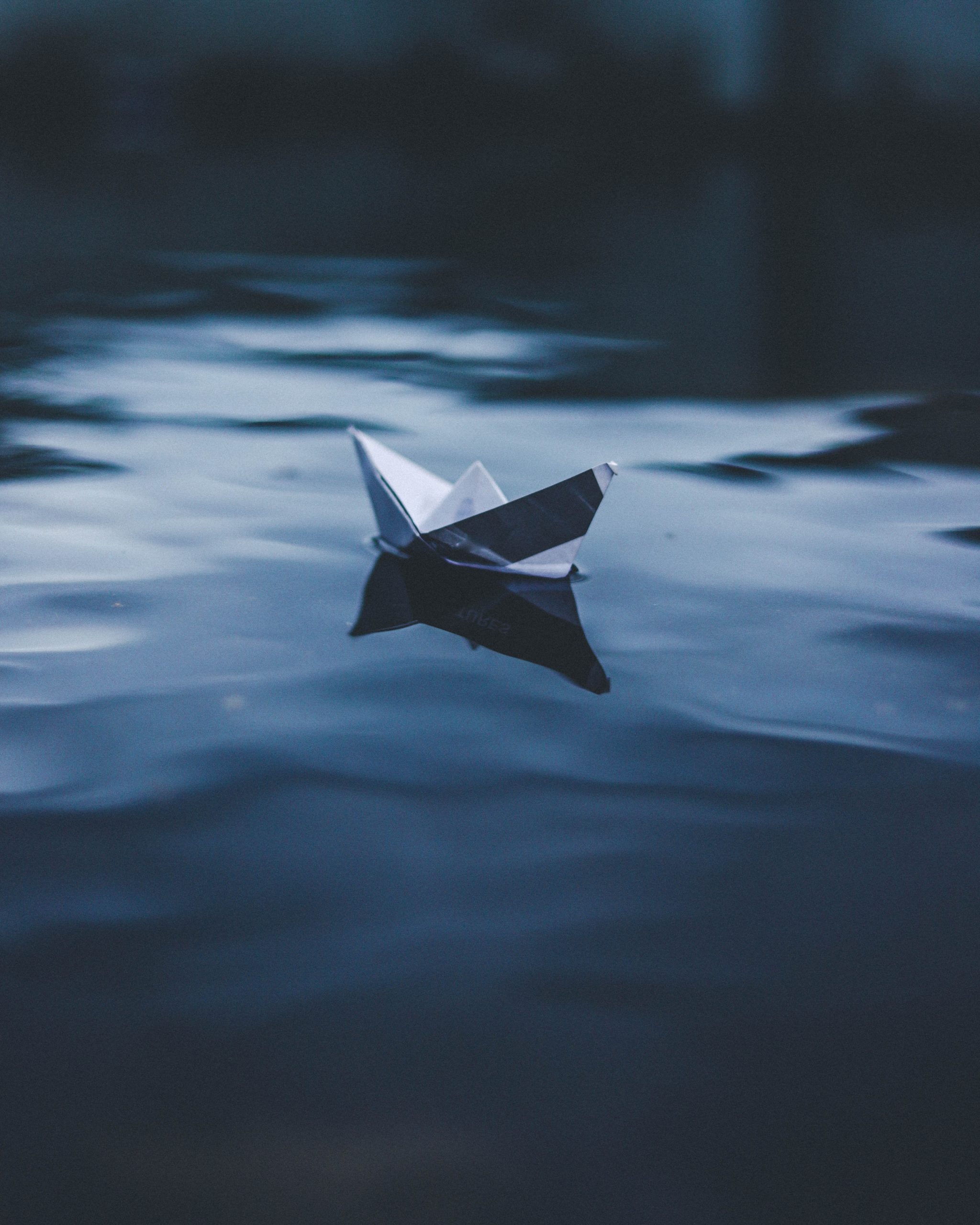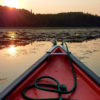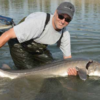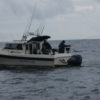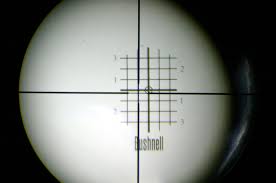With the summer season almost upon us many of us will want to get out on the water to enjoy our favourite activities like boating, water-skiing, tubing or fishing, among others. Previous articles have looked at safety equipment required by law and common sense for the boat and the people in it.
This time we will look at what you should do to get ready to head out on the water the first time of the season and each time. AHEIA is all about safety and this article will be based on having a safe experience in, on and around the water.
Planning and Preparation
There is a lot to think about and to do before you take your boat out for the first time. Is it in good working order? Do you have all the necessary safety equipment for the boat and for the people in it? Is it in good working order? Are there any new boating restrictions or other legal requirements that you need to brush up on?
Mechanical Check
- Your boat must be structurally sound and watertight. It is up to you as the owner and/or the driver to ensure that your boat is seaworthy. Even if you are driving someone else’s boat you are responsible for making sure that it is safe to operate. Doing a cursory check around the outside of the boat while its on the trailer may uncover a crack in the hull or transom, either of which could be serious enough to keep it off the water. Check the propeller for cracks or dings or even missing pieces. If you find any of these or other problems, be sure to have them fixed by a licenced marine mechanic prior to putting it in the water.
- You will also want to check to ensure your engine works properly. Some people put the leg into a large barrel full of water, or wait until it’s in the lake to test the motor. This unnecessary if you have a set of flushers that supply water from a garden hose to the engine. The water acts as a coolant and even more importantly a lubricant for some parts of the engine. Starting your engine without a source of water (especially for the first time of the year) can damage the small, rather delicate impeller fins that pump the water through the engine and the leg. This is the stream of water you see shooting out the back of the motor when it is running. Starting the motor when dry can rip these fins off necessitating an unnecessary and expensive repair.
- There are many other items that can be checked at the beginning of the year. Consult your owners’ manual to ensure you are covering everything the manufacturer recommends.
Safety Equipment
Before each trip be sure that your boat is properly equipped with the required safety equipment and that it is easily accessible. If anything is missing or damaged, replace it before you head out on the water.
- Flotation Devices
- Federal legislation requires each boat to have onboard enough flotation devices (lifejackets or PFDs) for each person on board. These must be of the proper size (ie: must fit) and in good condition (ie: must work). To check these factors, have each passenger put on a device and make sure it fits properly and will not pull up over their head if they end up in the water.
- You can test the fit by walking into chest-deep water and bring your knees to your chest thereby forcing the flotation device to keep you afloat. If it slips over your shoulders and does not keep your head above water, it is likely too big. Also, check the jacket for rips and tears and that all fasteners (zippers, clips, etc) are working.
- Vessel Safety Equipment
- A variety of safety equipment must be on each vessel while its on the water. This equipment varies according to the size, the use and the method of propulsion of that vessel. Basic safety equipment consists of:
- a sound-making device (a whistle works for most boats in Alberta – attach one to each life jacket). A pealess whistle is strongly recommended as it will work under most weather conditions.
- A light that shines or can shine in all directions. If your boat does not have an all-round white light, a flashlight will work in most cases. You must have a working light in low-light conditions such as fog or at disk, dark, or dawn.
- A bailing pail will help you get water out of your boat should it spring a leak or you hit a series of big waves.
- A buoyant heaving line can save someone else’s life. It’s your responsibility to do everything you can to help someone who is in distress on the water. Having a buoyant heaving line could do that.
- A fire extinguisher is a must on any vessel with an internal combustion engine or a gas (propane, etc) stove onboard. Be sure the fire extinguisher is rated for chemical and electrical fires. Look for an ABC rating on a five- or 10-pound extinguisher and learn how to use it.
- There is more safety equipment available and required for different vessels, but those are the five basics.
- A variety of safety equipment must be on each vessel while its on the water. This equipment varies according to the size, the use and the method of propulsion of that vessel. Basic safety equipment consists of:
Before You Go
As with most things, planning a preparation for an adventure on the water can help ensure a safe and enjoyable time. Here are a few suggestions to consider as you plan your trip.
- File a trip plan
- A trip plan can save you if you have trouble on the water. It is merely a written account of there you plan to go, what you are driving and who you are with. You can find several templates online, but at the least they should contain:
- Owner/Driver name and cellphone number
- Vessel number and physical description including size, colour, type of engine, and any distinguishing features.
- Number, type, and colour of lifejackets/PFDs
- Date and time of departure
- Destination, any planned stops, expected time of arrival, and expected time of return
- Number and names of others onboard and their cellphone numbers.
- Be sure to leave the trip plan with a responsible person and be sure to close the trip plan by contacting them when you return. Failure to do so could cause them to contact authorities who may initiate an unnecessary search and rescue mission.
- A trip plan can save you if you have trouble on the water. It is merely a written account of there you plan to go, what you are driving and who you are with. You can find several templates online, but at the least they should contain:
- Check weather and water conditions
- In Alberta, as in most provinces, weather can change quickly. A storm can suddenly show up on an otherwise warm and sunny day. In fact, one should expect daytime heating to bring some sort of cloud and potential rain activity later in the day. Be sure to know what kind of weather to expect and above all keep an eye on the conditions. If you see changing weather conditions such as a build up of clouds, or a sudden increase in wind speed, you should consider heading in to shore.
- Water levels don’t change as much as weather, but a boater needs to be aware that changes may occur. Rivers will swell with spring run off, particularly those nearer the mountains, and this will occur at different times of the spring depending on where you are. Be sure you know what the water levels are prior to leaving home. Too high or too low of levels may mean that your boating experience will have to wait for better conditions.
- Changing water levels can expose or can hide potential hazards. A rock that you may have boated over many times could suddenly be close enough to the surface to damage your engine if the water level lowers enough. Excessively high water can bring debris from shore into the water and cause hazards particularly in forested areas where downed trees can be brought into the water. Also rocks that may have been visible at one time may now be hidden and can become dangerous.
- Fuel your boat safely
- There are a couple of considerations when fueling your boat. Firstly, are you adding fuel in a safe and legal manner, and secondly are you taking enough fuel with you for the trip.
- Fuel Rule of Thirds
- You should always have considerably more fuel onboard than you think you will need. You could get lost, a sudden storm could come up or you could run into mechanical trouble and drift away from your destination, all meaning that you could use more fuel than you had originally planned on.
- Estimate how much fuel you will need to get to your destination, then double that to determine your minimum fuel needs. Take that number and divide it in half to give you a reasonable safety margin. You will find that your have allotted one third of your fuel supply for the trip out, one third for the trip back, and you have one third left in reserve. If you are not sure of how much you will use, estimate high!
- Fueling your boat
- Fueling a boat with a fixed fuel tank can be hazardous. Be sure to turn off the ignition and all electrical components. Close all doors and windows (if so equipped) and extinguish any open flames, including pilot lights. Only the people necessary for refueling should be on the boat at that time. If possible, load your boat on its trailer and refuel it on shore. If you have an inboard engine, be sure to run the engine compartment blower for at least four minutes between refueling and starting the engine. This will ensure that no flammable fumes are ignited.
- Fueling a boat with removable tanks is easier on one hand and more difficult on the other. By Federal law, removable tanks must be removed from the boat and refilled onshore. This does not mean on a dock or any other structure on or over the water. The tanks must be completely on shore to avoid spilling fuel into the water. The upside is that there is no need to turn off all electrical equipment nor extinguish any pilot lights, etc. Just bring your empty tanks onto shore, fill them, and have your teenage son carry them back to the boat. Hey – it worked for me!
On the water
Even with all the planning and preparation you have done, it is still important to consider a few things once on the water, or just prior to being on the water.
- Load your boat safely
- Every boat should have a compliance plate (sometimes called a capacity plate) attached to it. Be sure to understand how to read it. It will tell you the manufacturer’s recommended maximum loads of people and cargo, including fuel and other equipment. Exceeding these recommendations is dangerous and could put you and your passengers in jeopardy. Distribute the weight of passengers and cargo as evenly and as low in the boat as possible. An overloaded or unbalanced boat can more easily take on water which could cause it to sink, or at least become submerged. Waves that would not normally affect the boat could swamp one that is overloaded.
- Conduct a passenger briefing
- All passengers should be briefed on lifejacket/PFD use and location. AHEIA recommends that everyone in a boat wear some soft of life-saving device at all times.
- Tell and/or show your passengers where the emergency equipment (first aid kit, fire extinguisher, etc) is and how to access it.
- Advise them that they are no to move around, but if necessary, to stay low on the centerline and to keep their arms, legs and any other appendages inside the boat at all times.
- Passengers should be aware of what is going on around them and be advised of the possible effects of sun, wind, alcohol, and the boat’s motion. They should also be advised to be on the look-out for hazards in the water or changes in weather.
- Alcohol and boating
- The consumption of alcohol on a boat is considered to be the same as in a vehicle. The driver could be charged for driving under the influence and anyone with open alcohol could be charged for that. Stay safe and enjoy your boat, but leave the alcohol onshore.
For more information on safe boating, check out AHEIA’s Pleasure Craft Operator Training online program at www.aheia.com.
